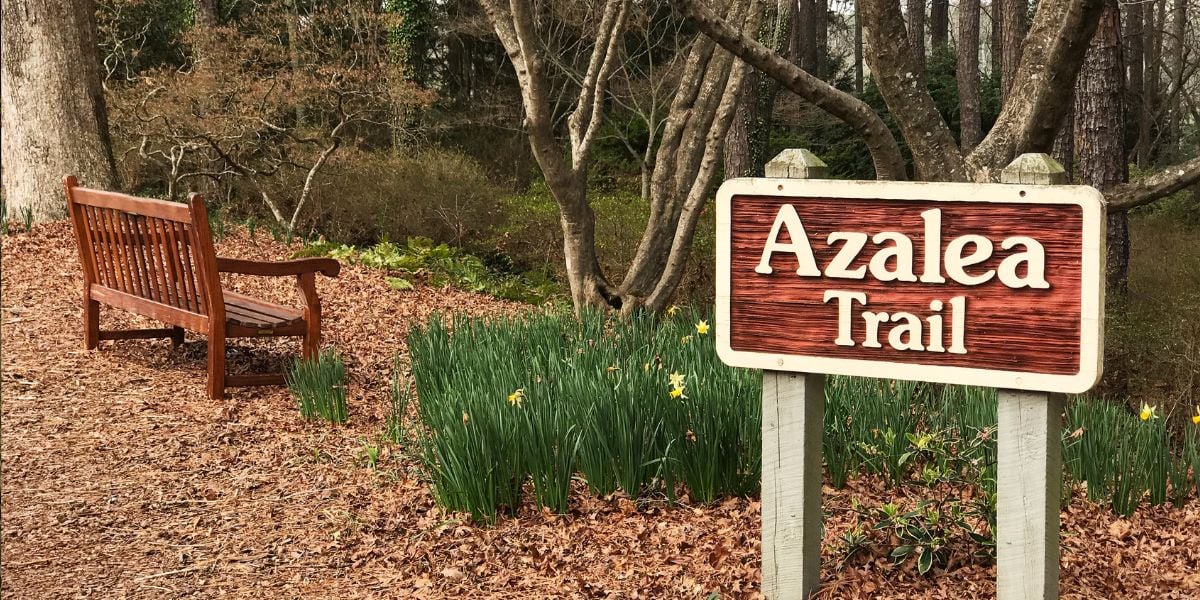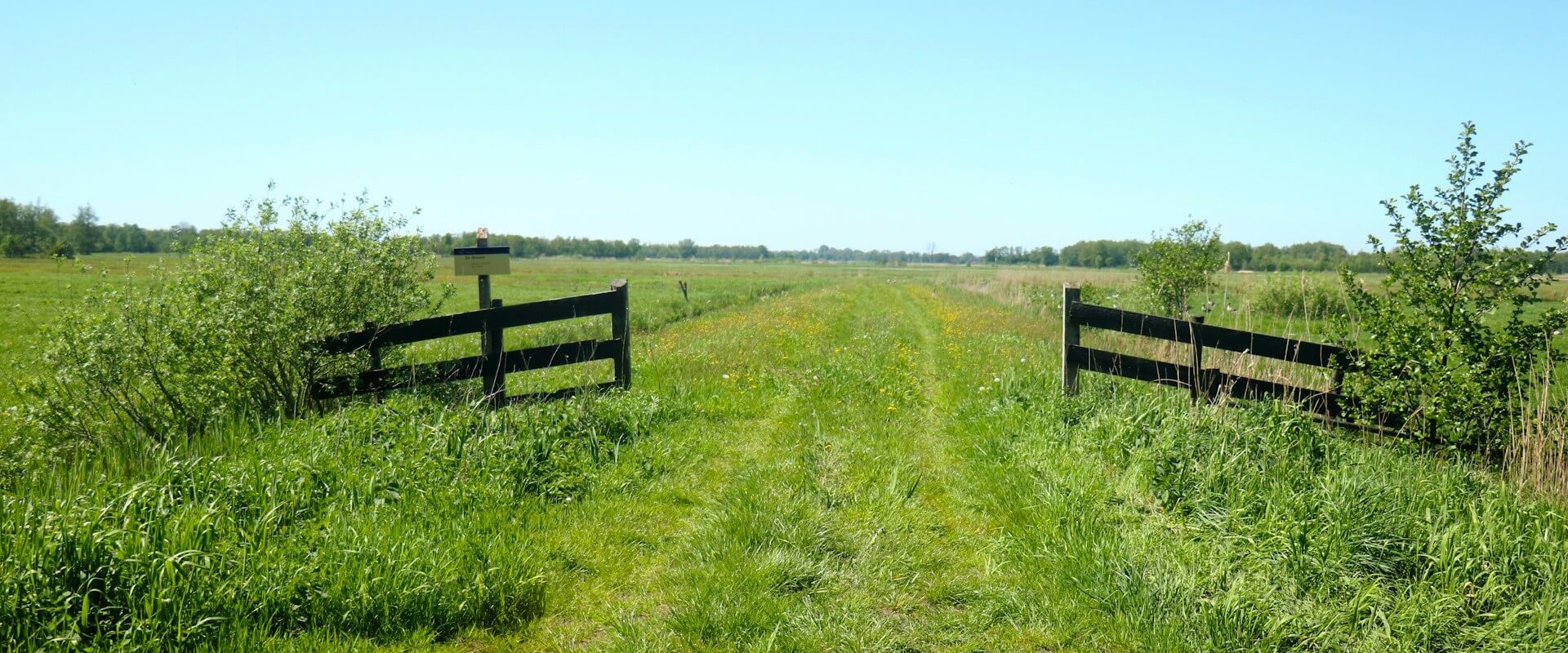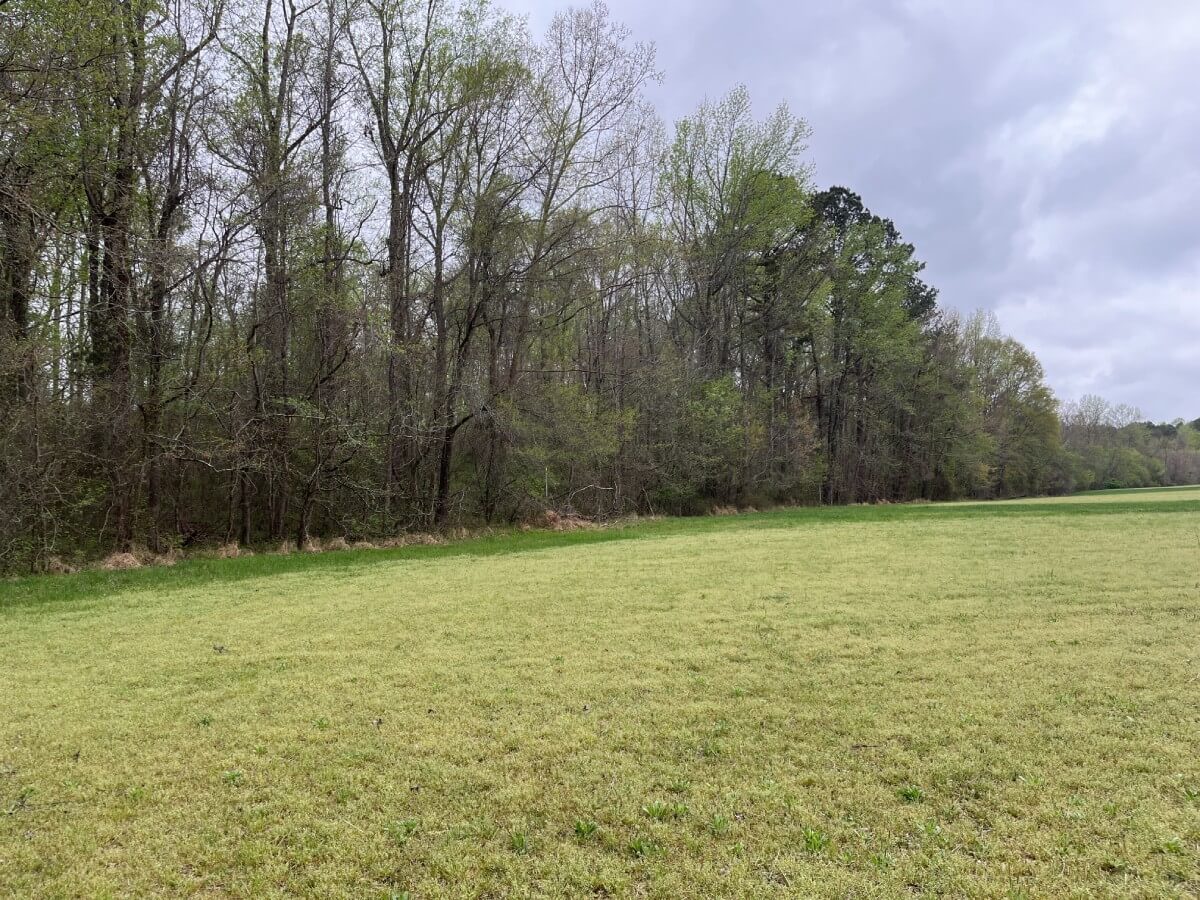Conservation efforts have historically been viewed through a narrow lens, primarily focused on environmental stewardship. This perspective, while critical for the protection of our planet's natural habitats and biodiversity, only scratches the surface of the multifaceted benefits conservation initiatives can offer.
Beyond the invaluable preservation of the environment, it's imperative to broaden our understanding to include the significant economic impacts that conservation can have on regional economies. This dual benefit underscores the necessity of viewing conservation as both a guardian of natural beauty and a catalyst for economic prosperity.
Understanding ROI in Conservation
When we talk about the ROI in conservation, we're referring to the economic benefits that arise from the careful protection and management of natural resources, weighed against the costs associated with these conservation efforts. Traditionally, the valuation of conservation has leaned heavily on its environmental impact—emphasizing the preservation of biodiversity and the maintenance of ecosystem services. Yet, a growing body of research is beginning to highlight the economic advantages of these endeavors, revealing that strategic investments in the environment can lead to significant economic benefits for communities and regions.
This evolving understanding emphasizes that conservation is not merely an expenditure but an investment in the future, capable of generating returns that can bolster the economic health of communities, enhance property values, and contribute to the stability and growth of regional economies.
Tourism and Recreation Contribute Millions
One of the most tangible ways in which conservation efforts can manifest economic returns is through tourism and recreation. Preserved natural landscapes are a magnet for tourists and outdoor enthusiasts alike, driving significant economic activity in local areas. The attraction of pristine environments, whether for hiking, wildlife observation, or simply the enjoyment of untouched nature, stimulates spending in local businesses, from accommodations and restaurants to outdoor gear shops.
A compelling example of this dynamic is presented in a study by the Trust for Public Land focusing on the Thousand Islands region. This research illustrated how conservation areas significantly contributed to the local economy, with tourist spending linked directly to trails, preserves, and conserved spaces amounting to millions annually. This influx of visitors not only supports local businesses but also generates substantial tax revenues, both locally and statewide.
Conservation isn't just regional; it's national. The U.S. ecotourism sector totaled $25.6 billion in 2021, and many of these tourists were willing to pay for green accommodations. This data underscores conservation's role not just in regional economic development but as a significant player in the national economy, especially within the booming sector of ecotourism.
Conservation Increases Property Values
Another economic benefit of conservation can be its positive impact on property values. The proximity to protected green spaces is a coveted amenity for many homeowners, who are willing to pay a premium for such access. This phenomenon, often referred to as the "amenity effect," typically translates into higher real estate values and, subsequently, increased property tax revenues. This boost in municipal finances is significant for local governments, providing additional resources for community services and infrastructure.
The TPL's study in the Thousand Islands area provides a clear demonstration of this effect, revealing a substantial increase in the value of properties near conserved lands. Notably, properties within close proximity to these spaces saw a remarkable appreciation in value, further cementing the argument that conservation efforts directly contribute to enhancing economic wealth and stability within communities.
Ecosystem Services Save Money
The preservation of natural ecosystems offers a suite of benefits known as ecosystem services, which may include but are not limited to clean air and water, pollination of crops, and natural flood control. These services, often taken for granted, play a crucial role in sustaining life and reducing the need for costly artificial infrastructure. By maintaining these natural systems through conservation efforts, communities can achieve significant savings in infrastructure costs and reduce the risks associated with natural disasters.
Case studies, such as the dam removals in Woodbridge, Connecticut and Taunton, Massachusetts, highlight how conservation strategies can mitigate flood risks while restoring natural ecosystems, leading to both environmental and economic benefits. Similarly, New York City's reliance on conserved lands for clean water showcases how conservation can preempt the need for expensive water treatment facilities, saving billions in potential costs.
Climate Mitigation
The role of conserved forests and wetlands in climate mitigation cannot be overstated. These natural carbon sinks are vital in the global effort to reduce atmospheric CO2 levels, offering a natural solution to a pressing global challenge.
Investing in conservation as a strategy for climate mitigation not only contributes to reducing greenhouse gas emissions but also presents a cost-effective approach to managing climate-related risks and damages. This dual benefit reinforces the value of conservation in economic terms, highlighting its potential to save costs associated with climate change adaptation and damage repair.
Conclusion
Conservation should be viewed not only as an ethical commitment to protecting our planet but also as a potential strategic economic investment. The myriad benefits that flow from conservation efforts—ranging from boosted tourism and recreation to increased property values and cost savings from ecosystem services—underscore the substantial ROI that these initiatives can yield. Recognizing and quantifying these economic benefits is essential for policymakers, land managers, and stakeholders, enabling informed decisions that balance environmental preservation with economic development.
As we move forward in the 21st century, the case for investing in nature becomes increasingly compelling, offering a pathway to not only safeguard the environment but create financial ROI for land planners, home owners, and the regional economy.
We are a trusted partner for land planners to integrate conservation into their development strategy
Learn More






